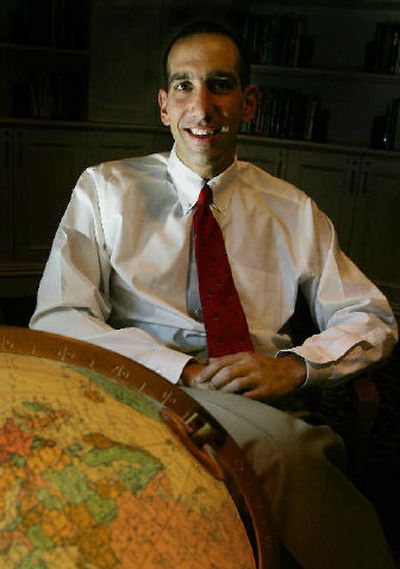Nonprofits try to copy businesses

NEW YORK — Dan Cardinali is running his nonprofit organization like a business.
Communities In Schools, a national dropout prevention program, went through a painful process last year similar to a cooperative reorganization that included program cuts and layoffs. Working with a consulting firm, Cardinali’s organization spent seven months redefining the roles of its local, state, and national offices, changing its management team and tightening its business model.
“We were intent on becoming a really well-run nonprofit organization, balancing an efficiency of resources with high, substantial impact,” Cardinali said.
The same type of transformation at the Crohn’s & Colitis Foundation of America led to new executive positions including chief technology officer and director of pharmaceutical relations.
“We changed the dynamics of the organization,” said Rodger DeRose, president and CEO of the New York-based foundation. “In general, there’s a shift in the culture of nonprofits that’s much more focused on the fundamentals of business.”
Motivated in part by an uncertain economy, nonprofit organizations have become more results-driven by developing new ways of creating revenue, increasing employee specialization, and enhancing marketing techniques.
Changing the way an organization is run to increase efficiency and impact, a process known as capacity building, is one of the biggest trends in nonprofits, said Margaret O’Donnell, director of the American Humanics Nonprofit Certification Program.
“Organizations are interested in beefing up,” O’Donnell said. “They’ve been looking at capacity building for two or three years, but it’s really coming to a head now.”
Jan Lennon, a director of the Wisconsin Breast Cancer Showhouse in Milwaukee, said that in the past year, her organization has been more focused on leadership training and development for its board members. The way it recruits volunteers has changed; it now looks for people with specific corporate skills that can be applied to the organization’s nonprofit work. For example, two women who work with advertising agencies have volunteered to help the organization with publicity.
“There’s a trend to turn your focus from where you are putting your work to what you are actually achieving,” said Alan Tuck, a partner at the nonprofit consulting firm Bridgespan Group that worked with Alexandra, Va.-based Communities In Schools. “That’s definitely something that has more of a business feel, the way businesses measure profits. Of course, social impact is much harder to define.”
Some of the changes are also due to the fact that nonprofits have been under greater scrutiny in recent years after questions were raised about the portion of donations that goes to fundraisers or telemarketers. Donors want to know that their money will be put to good use.
Harry Leibowitz, founder of World of Children, a group that honors work done for children’s issues based in Columbus, Ohio, said his organization has had to carefully plan its marketing and solicit corporate donors with business proposals that detail the benefits of giving and how the money can be used.
Organizations have learned they also need a different marketing approach with individual people, who often want something in return, such as the brightly colored bracelets that have become popular since a yellow one was first worn by cyclist Lance Armstrong to help raise funds for cancer organizations. Clothes with logos, ribbons and bumper stickers are also popular products sold by nonprofits.